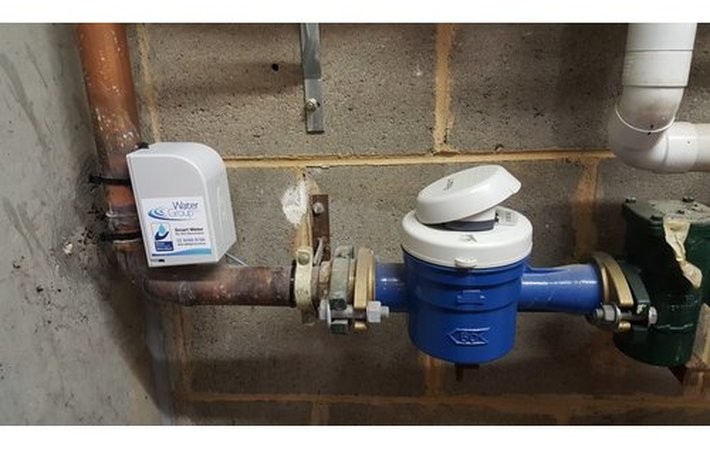
Published on 01/22/2017 | Strategy
As a decision maker with vested interests in smart water metering, there are some significant developments taking place in the Internet of Things (IoT) world with huge implications. We thought I’d share some of that information with you, especially relative to
· developments happening in Australia right now
· standards that have just been adopted globally, and
· technologies used in Europe and other parts of the world.
The Internet of Things is the internet connectivity of all types of devices (“things”) such as smart meters, sensors, gauges, status indicators and many more. A really good primer is this TED talk https://youtu.be/QaTIt1C5R-M.
IoT is an industry in itself. There are now quickly increasing strong signs that this is forming the next major wave of development, innovation, and investment. It is widely expected to get larger than the explosion of internet related activities due to smartphones and mobile apps.
For you, relative to the smart metering space, there are three key technologies to watch:
LoRaWAN
SigFox, and
NB-IoT.
They all have major advantages over current 3G technologies such as
· lower capital and operating cost,
· longer battery life, and
· better signal strength.
Below is a quick headline summary of each of these three technologies.
LoRaWAN is a leading new wireless technology enabling businesses to take advantage of the ‘Internet of Things’ (IoT) phenomenon. It is an open standard, low power, wide area network that enables wireless devices, sensors, machines and practically anything to connect and deliver data to the internet.
The name LoRaWAN comes from Long Range Wide Area Network. It is standardised and developed by a global group of over 350 technology companies including IBM and Cisco, called the LoRa Alliance.
Key benefits:
- Open standard for wireless communications
- 2km+ range from gateway
- Large, growing number of hardware suppliers
- Networks can be set-up as public or private
- Potential for zero data delivery costs
- Data packet size suitable for interval metering (15min intervals, daily -uploads)
SigFox provides a telecommunications network in the same sense as Telstra, Vodafone or Optus. However, it specialises in servicing devices and machines that transmit small amounts of data such as a meter reading. It uses a relatively small number of ‘towers’ to send and receive data compared to mobile phone network operators. These ‘towers’ are small antennas that have huge ranges of coverage. Sydney and Melbourne CBDs are currently covered by Sigfox with expansion rapidly increasing across Australia.
Key benefits:
Widely established network with huge coverage
- No network establishment costs, only ongoing usage
- Australian Sigfox network maintained by Thinxtra
- Large, growing number of hardware suppliers
- Super low power consumption
- Very cost effective way to deliver data
NB-IoT is a new wireless protocol globally standardised by the same industry group (3GPP) who standardised 3G and 4G. It will be operated by telcos such as Vodafone, Telstra and Optus using their existing mobile phone type telecommunications infrastructure. It is currently being trialled around the world and in Australia for smart metering applications. NB-IoT is arriving in Australia right now for some pilot projects. General coverage is expected to be available for some regions by late 2017.
Key benefits:
- Similar network availability to 3G and 4G
- Network to be established by existing Telcos (Vodafone, Telstra, Optus)
- Network maintained by telcos
- No network establishment costs, only ongoing usage
- Larger data packet sizes can be transferred than through other IoT networks
- All the functionality of 3G, i.e. permits complex and advanced smart metering applications
These technologies are changing the smart metering environment and disrupting the current norms.
The reason why we are sharing this with you is that if you have a project or a pilot that’s ready to proceed, then RIGHT NOW is a fantastic point in time to negotiate some really favourable terms and get a hugely prioritised rollout order, i.e. you, the area you operate in and your wider community could benefit from any one of these three new IoT technologies sooner than anybody else.
If you are ready to make it happen, or if this has raised you interest in IoT and smart metering further, we would be all too pleased to hear from you.
This article was originally posted on LinkedIn.